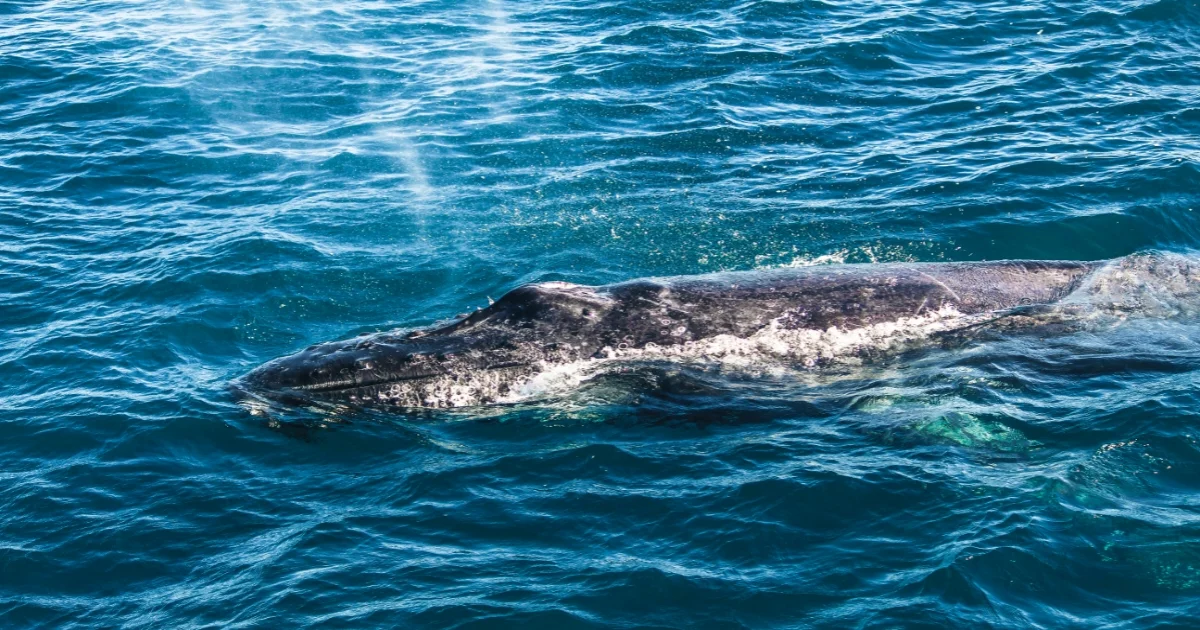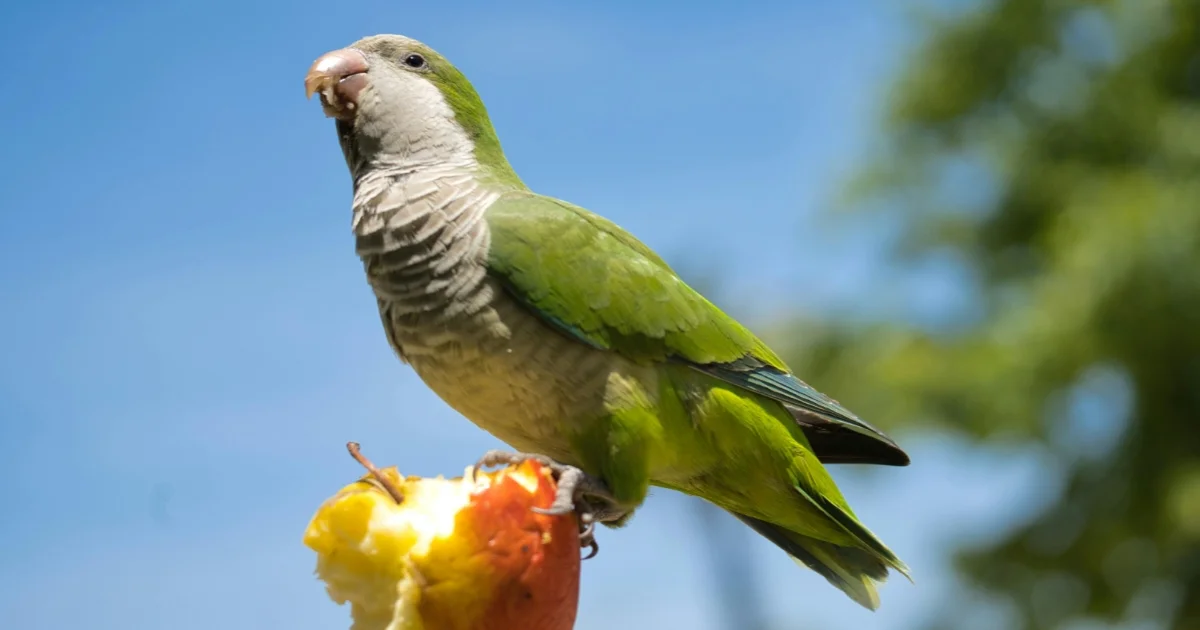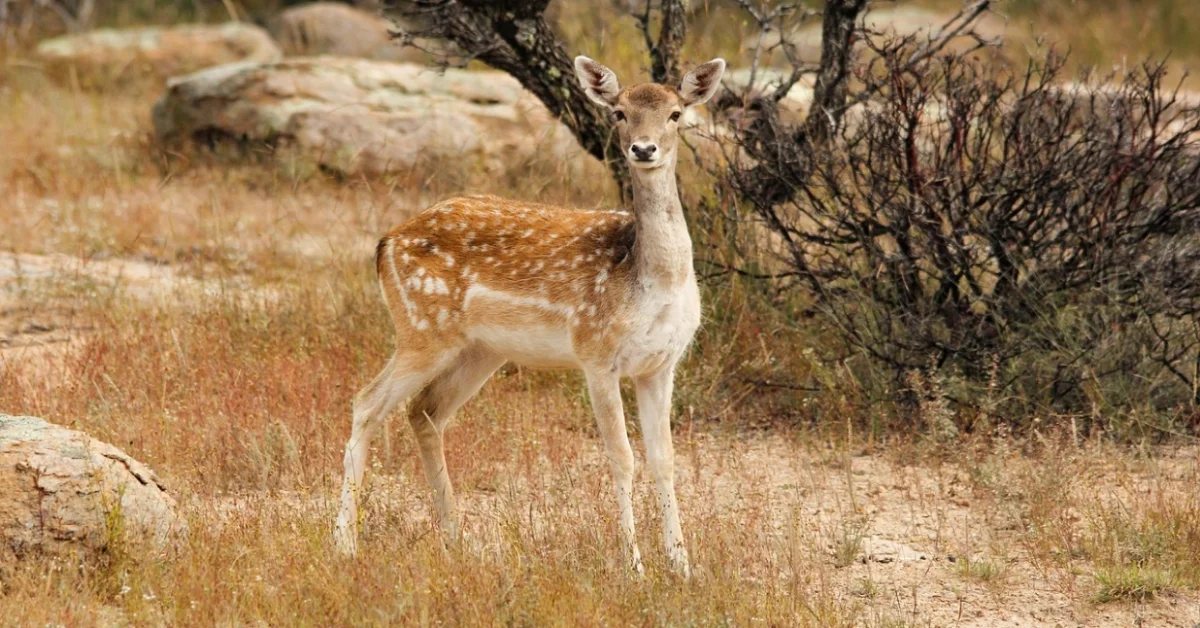King Cobra

Life Span
20 years
Top speed
12 mph
Size
10-18 ft
Weight
6 to 9 kg
The king cobra (Ophiophagus hannah) is the world’s longest venomous snake, reaching up to 18 feet (5.5 meters). It is known for its intelligence, potent venom, and ability to stand upright by lifting a third of its body. Despite its fearsome reputation, it generally avoids human encounters.
King Cobra Facts Overview
| Size: | 10-18 ft |
| Weight: | 6 to 9 kg |
| Top Speed: | 12 mph |
| Food: | Snakes, lizards, rodents |
| Color: | Green, brown, black, yellow bands |
| Location: | Asia (India, China, Thailand) |
| Predators: | Mongooses, birds, big snakes |
| Lifespan: | 20 years |
| Habitat: | Forests, swamps, grasslands |
| Gestation: | 20-50, hatch in 45-90 days |
Interesting Facts
King cobras are the only snakes that build nests for their eggs, which females guard fiercely. Unlike other cobras, they primarily eat snakes, including venomous ones. They can “stand up” by raising a third of their body. Their hiss resembles a growl, making them even more intimidating.
Description
King cobras have long, slender bodies covered in smooth scales, usually in shades of green, brown, or black with pale yellow bands. They have large eyes with round pupils and an expandable hood. Their forked tongue helps detect prey, and they can grow up to 18 feet, making them massive.
Characteristics
These snakes are intelligent and cautious, showing problem-solving abilities in the wild. They have excellent vision and sense vibrations in the ground. When threatened, they flare their hood and emit a deep growl. Their venom attacks the nervous system, causing paralysis and respiratory failure in prey.
Care
King cobras require expert handling and are not suitable as pets. In captivity, they need large, secure enclosures with climbing branches and hiding spots. Proper temperature, humidity, and a steady diet of snakes or rodents are essential. Due to their venom, only trained professionals should care for them.
Lifespan
In the wild, king cobras live around 20 years, while in captivity, they may survive longer with proper care. Their lifespan depends on factors like food availability, habitat conditions, and threats from humans or predators. Despite their size and strength, they remain vulnerable to habitat destruction.
Predators
Adult king cobras have few natural predators due to their size and venom. However, young cobras may fall prey to mongooses, large birds of prey, or other snakes. Mongooses are particularly skilled at hunting cobras, as they have some resistance to venom and are quick attackers.
Habitat
King cobras prefer forests, bamboo thickets, and mangrove swamps near water sources. They thrive in warm, humid environments and are often found in dense vegetation. Unlike many snakes, they can climb trees and swim well, allowing them to hunt effectively across different terrains.
Distribution
These snakes are found across South and Southeast Asia, including India, Bangladesh, China, Thailand, Malaysia, Indonesia, and the Philippines. They inhabit both lowlands and highlands, adapting to diverse ecosystems. However, deforestation and human activities threaten their populations in many areas.
Diet
King cobras mainly eat other snakes, including venomous species like kraits and pit vipers. They also consume lizards and small mammals if needed. Their powerful venom quickly immobilizes prey, allowing them to swallow it whole. Unlike many snakes, they can go weeks without food.
Behavior
King cobras are shy but highly defensive when threatened. They raise their bodies, spread their hood, and produce a deep growl to scare off enemies. They are active during the day, unlike most snakes, and have strong territorial instincts. Males fight for dominance during mating season.
Reproduction
Female king cobras build nests using leaves and twigs, laying 20-50 eggs inside. They guard the nest fiercely until hatching, an unusual behavior for snakes. After about 45-90 days, the eggs hatch, and the young cobras, already venomous, must fend for themselves immediately after birth.
King Cobra Scientific Classification
| Kingdom: | Animalia |
| Phylum: | Chordata |
| Class: | Reptilia |
| Order: | Squamata |
| Family: | Elapidae |
| Genus: | Ophiophagus |
| Species: | Ophiophagus hannah |
| Scientific Name: | Ophiophagus hannah |
Animals for You
References
1. King Cobra Wikipedia Article – https://en.wikipedia.org/wiki/King_cobra






